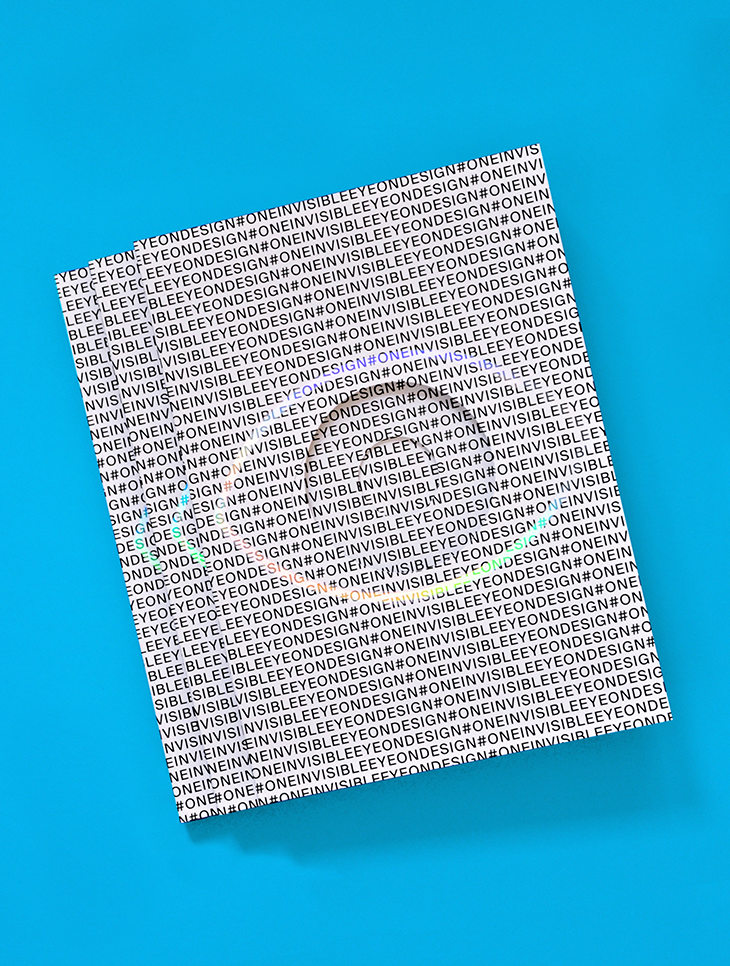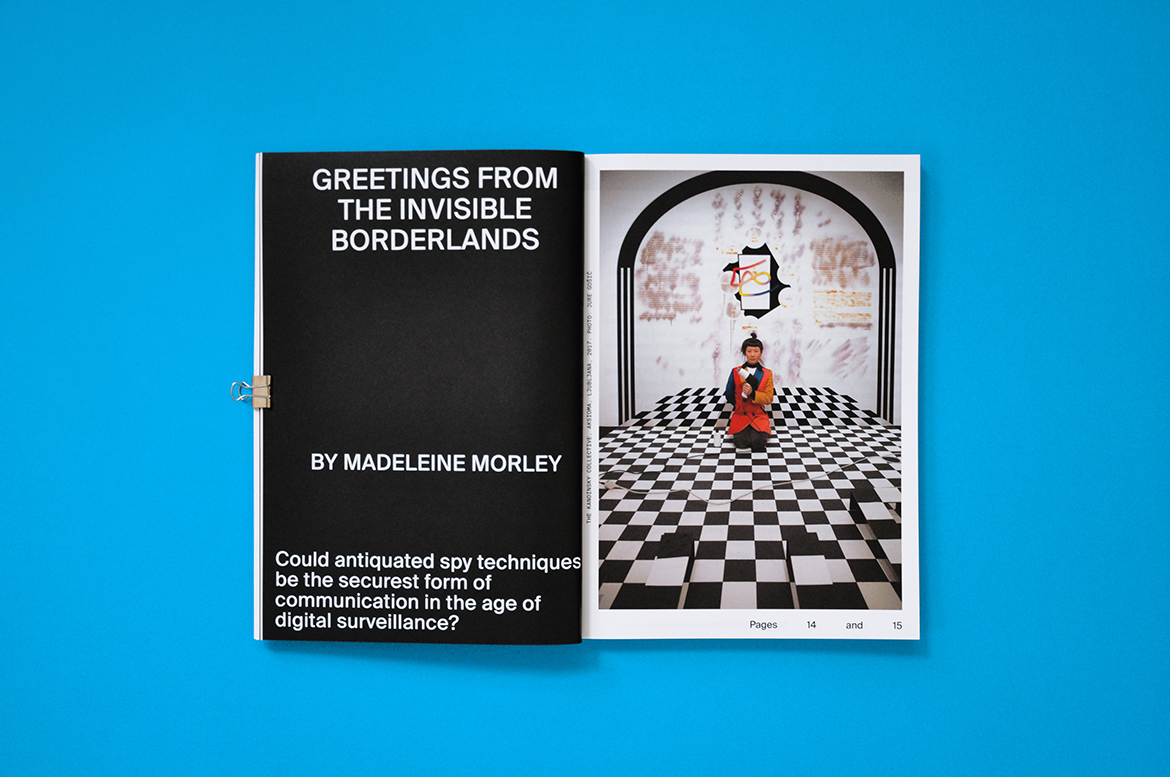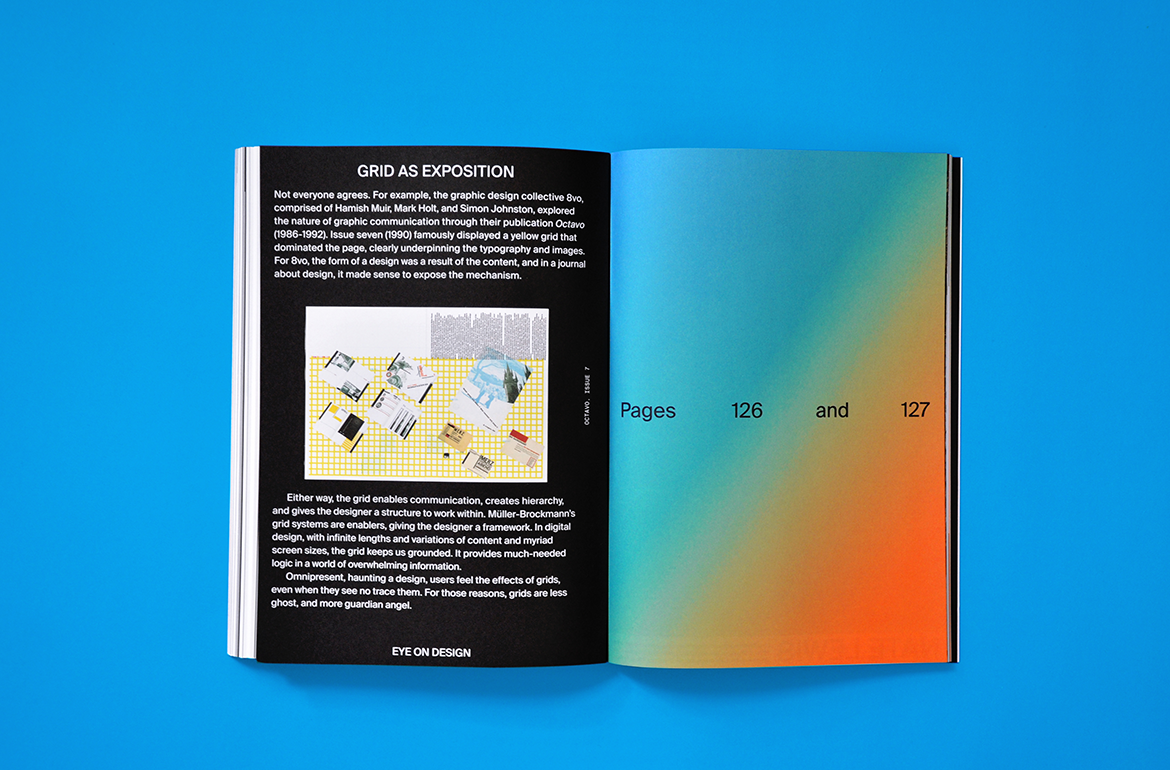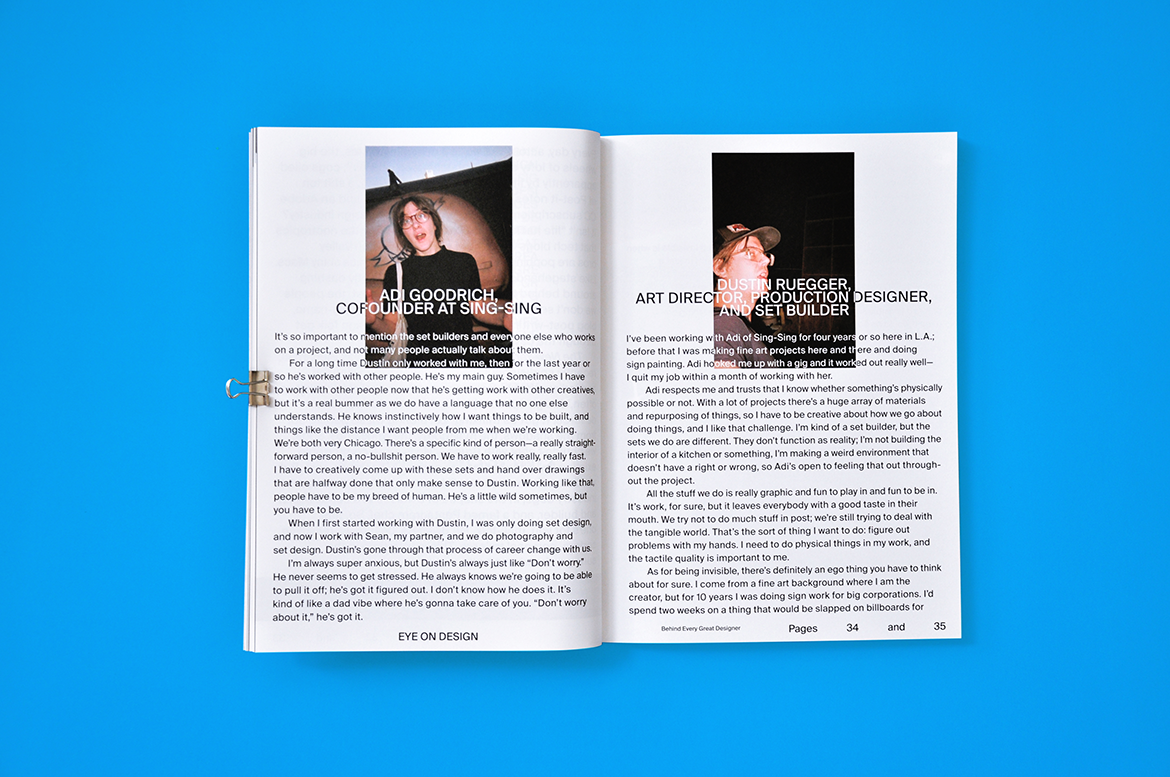Eye on Design: From Online Publishing to a Printed Magazine
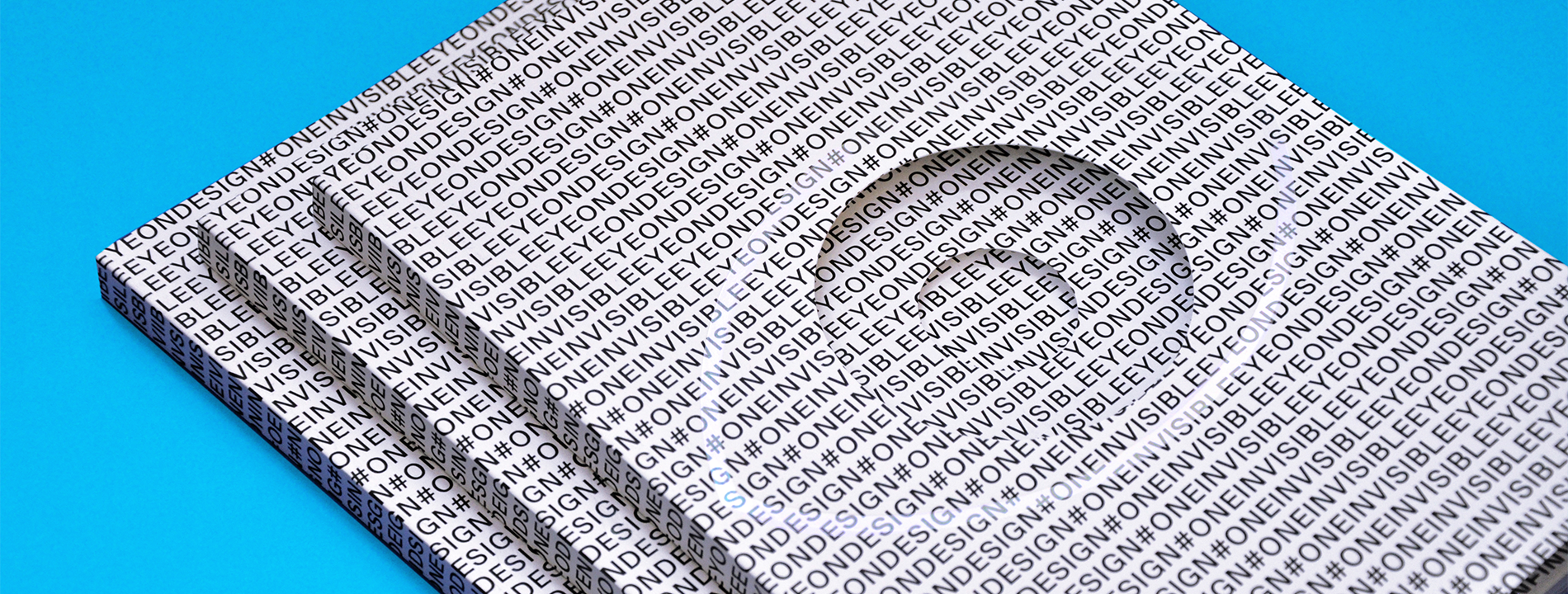
Since 2014, Eye on Design has been captivating creatives. With stories that are not only visually striking, but that highlight the world’s most influential designers and the issues that affect them, the online publication has elevated the conversation surrounding visual communication. Now, Eye on Design is available in print.

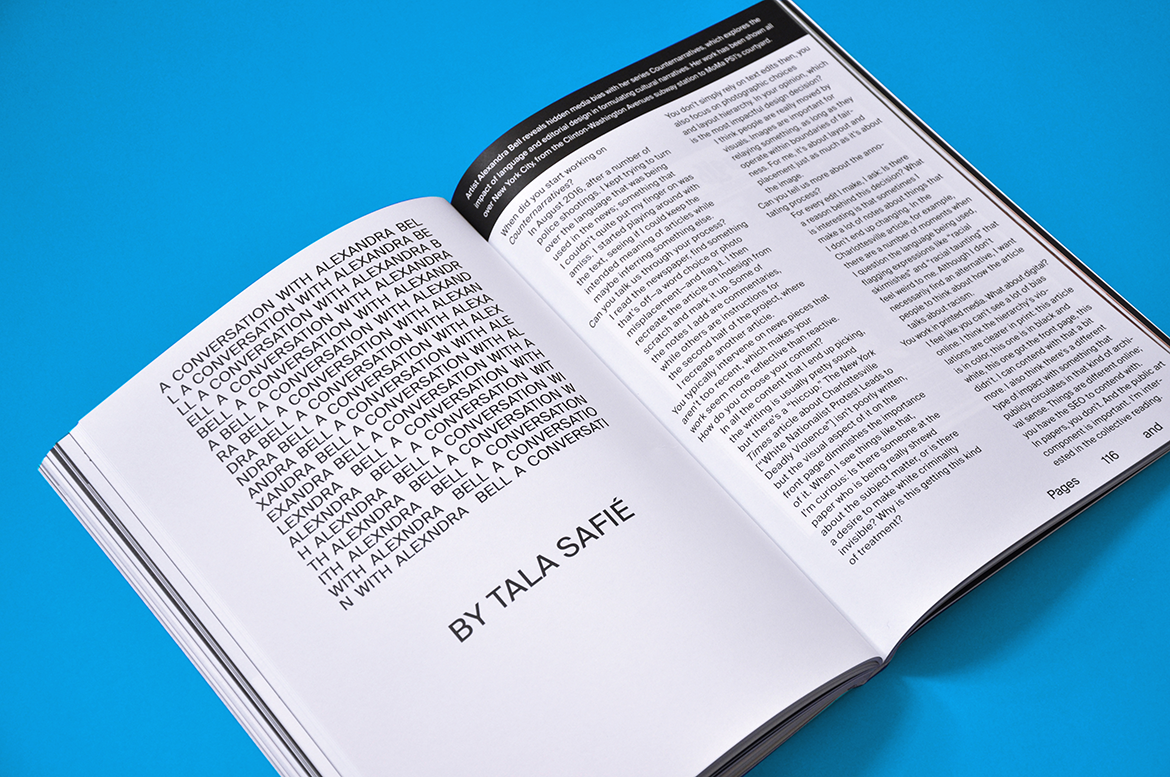
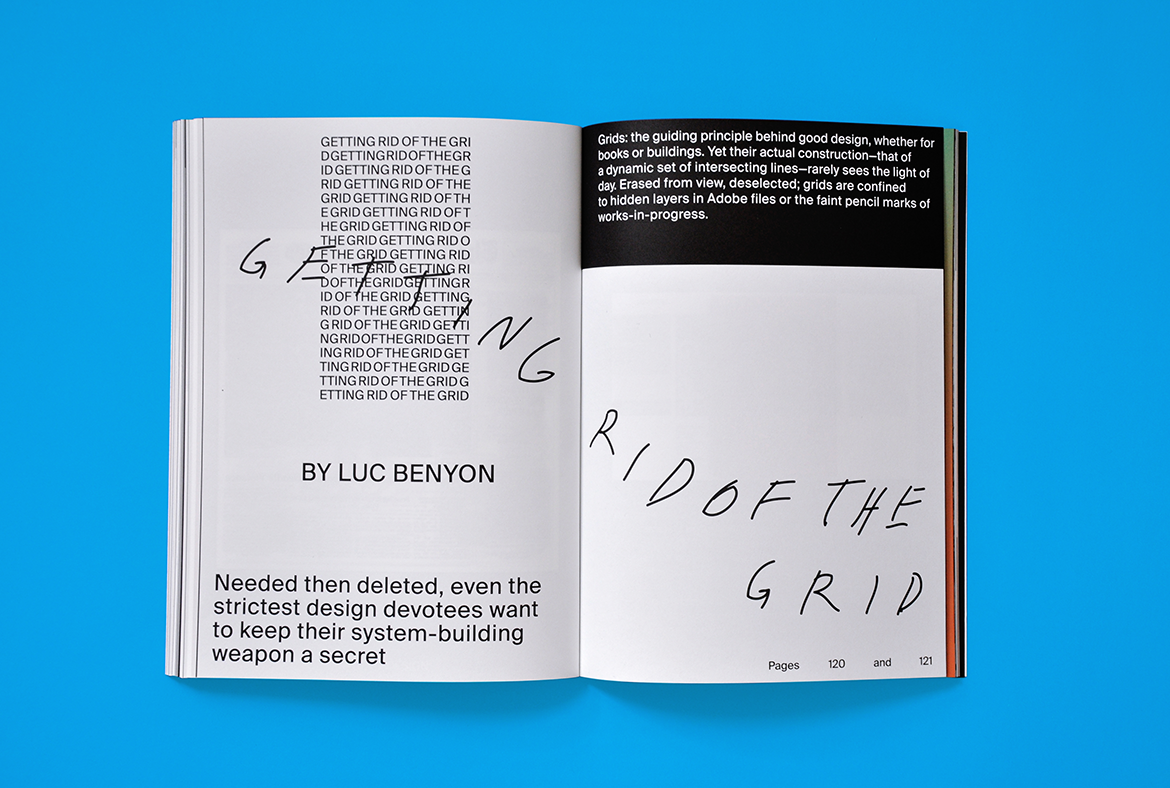

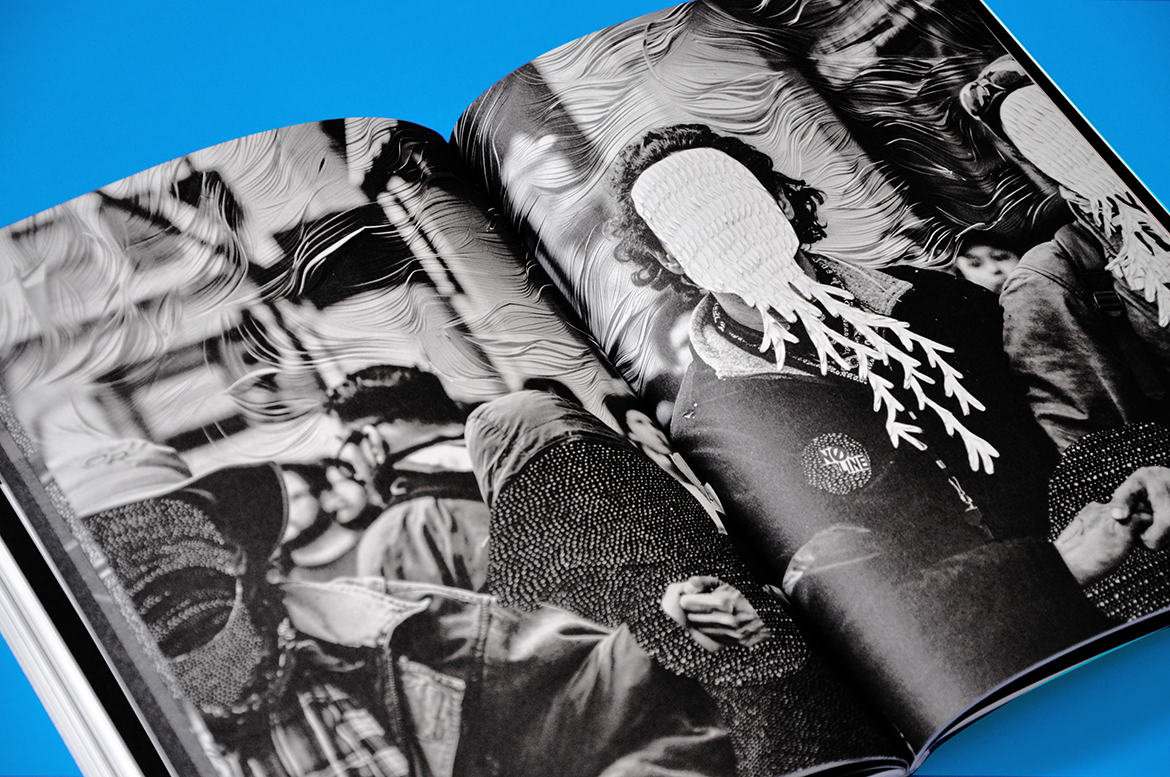
Production Notes
Offset Printing
A commonly used printing technique in which the inked image is transferred from a plate to a rubber blanket, then to the printing surface. When used in combination with the lithographic process, which is based on the repulsion of oil and water, the offset technique employs a flat (planographic) image carrier on which the image to be printed obtains ink from ink rollers, while the non-printing area attracts a water-based film (called "fountain solution"), keeping the non-printing areas ink-free.
Materials Used
Suggested Articles
As digital printing evolves from compromise to sophisticated tool—advances in color, texture, and fiber papers push the boundaries of what's possible.
Luxury packaging is more than just a mere container - it’s a powerful brand statement that resonates long before your product is revealed.
In today's competitive marketplace, packaging plays a crucial role in brand perception and consumer satisfaction.




















